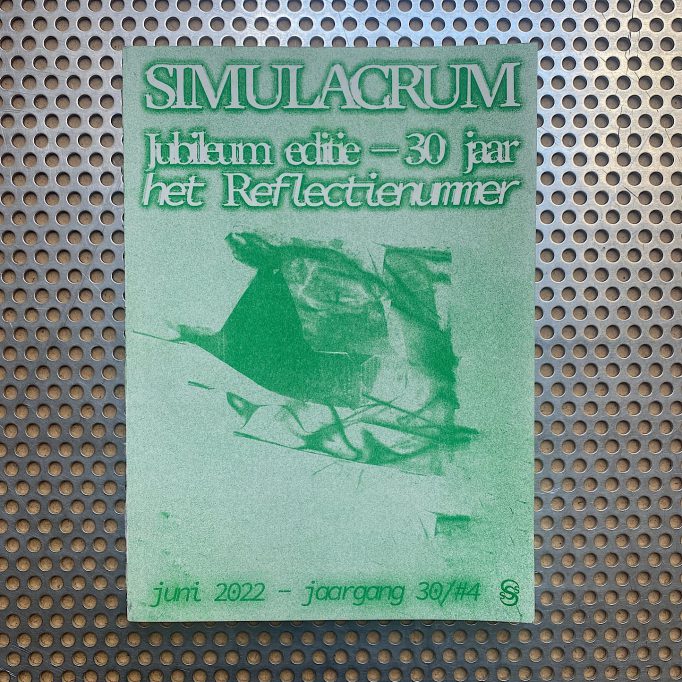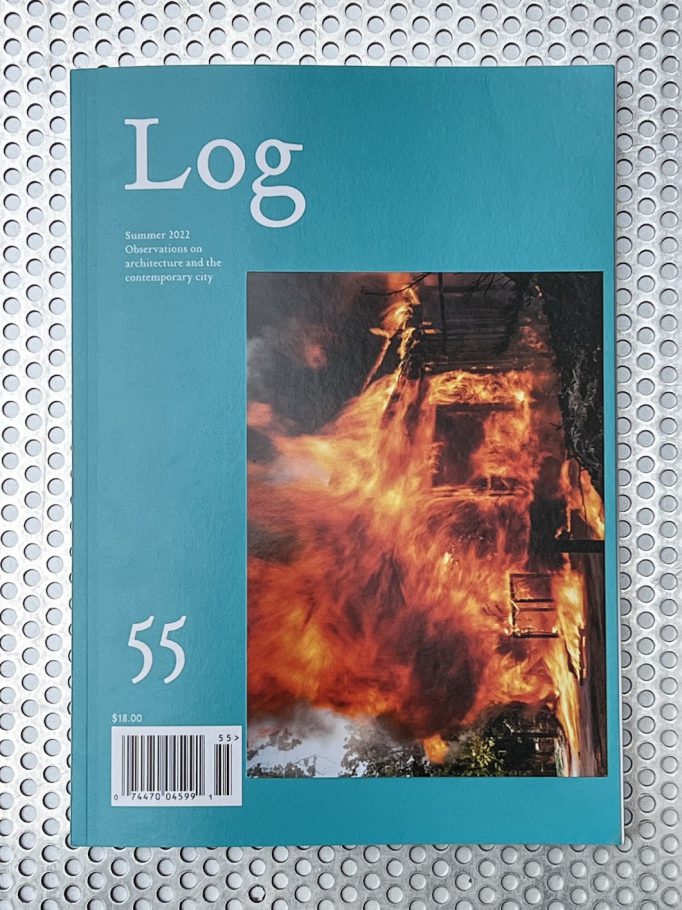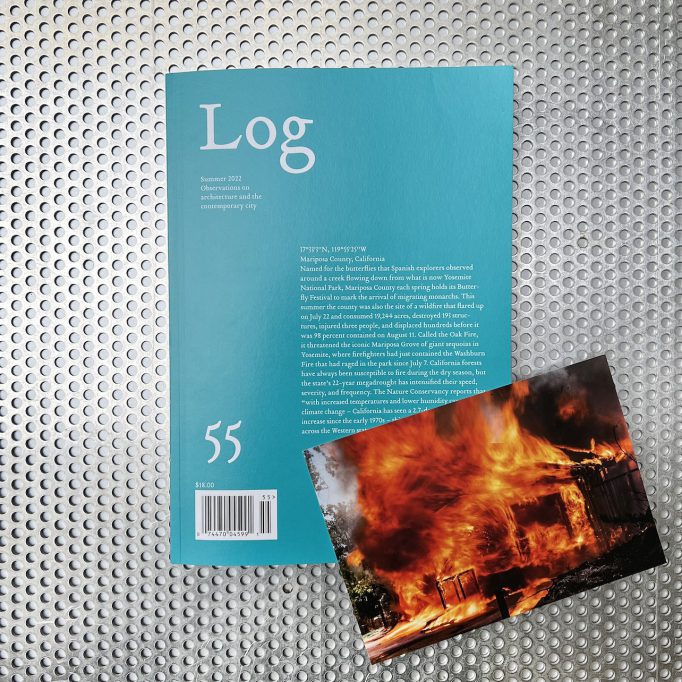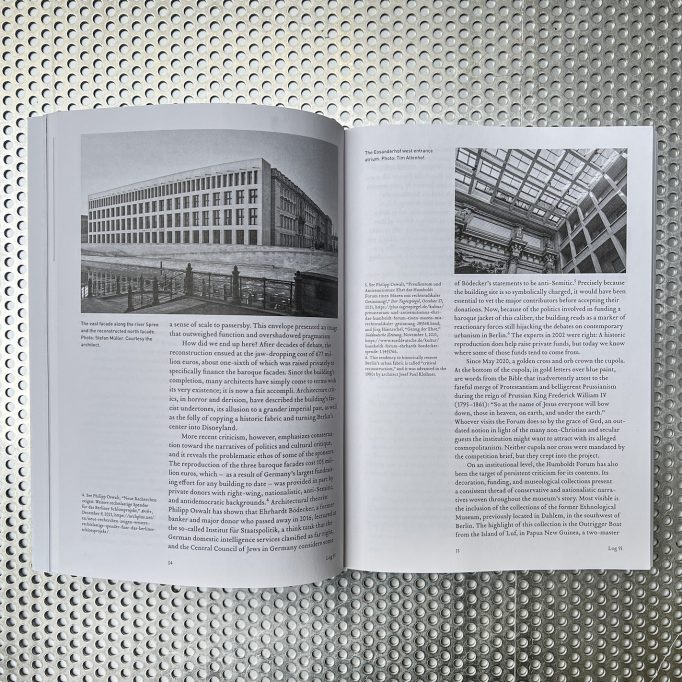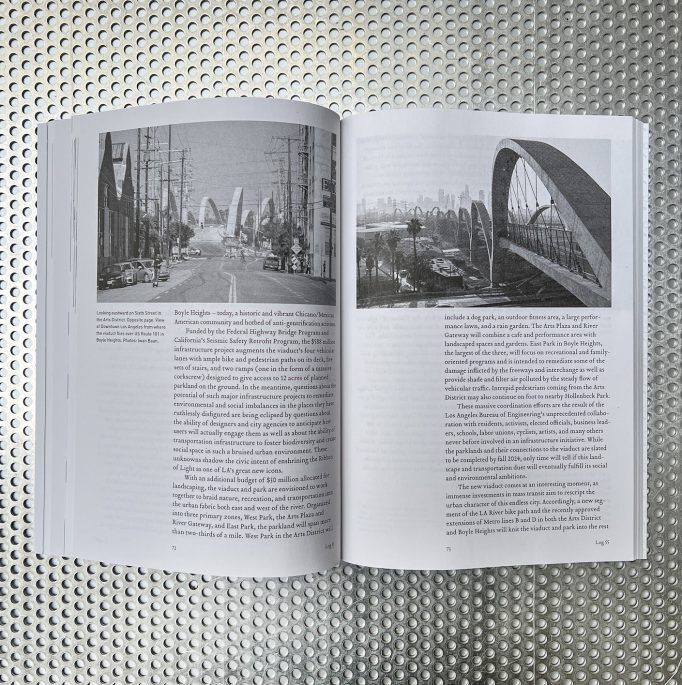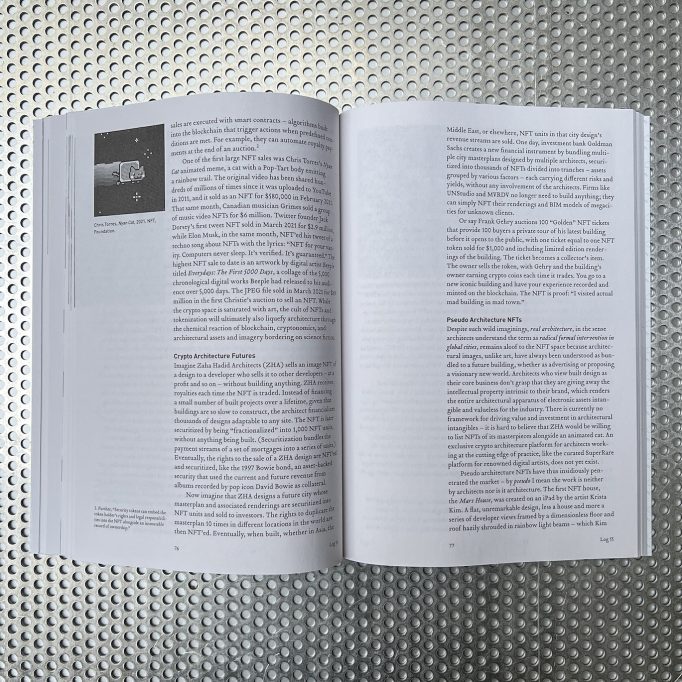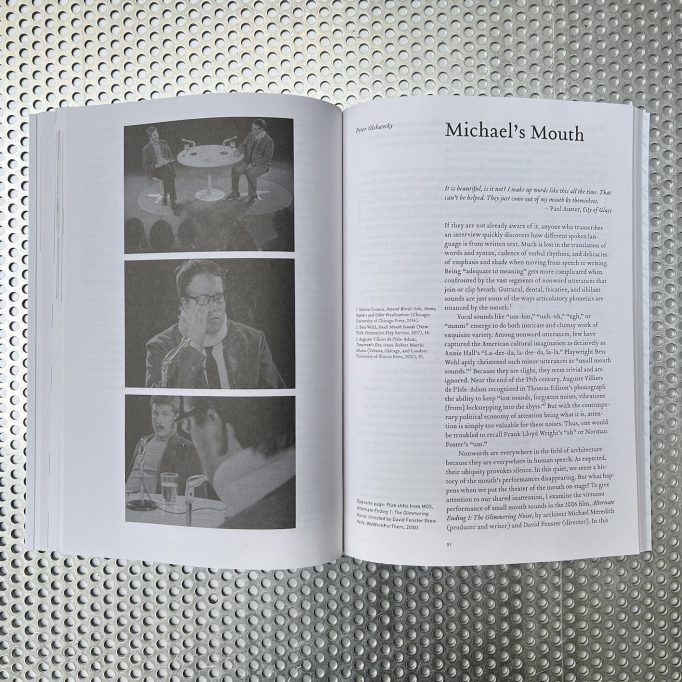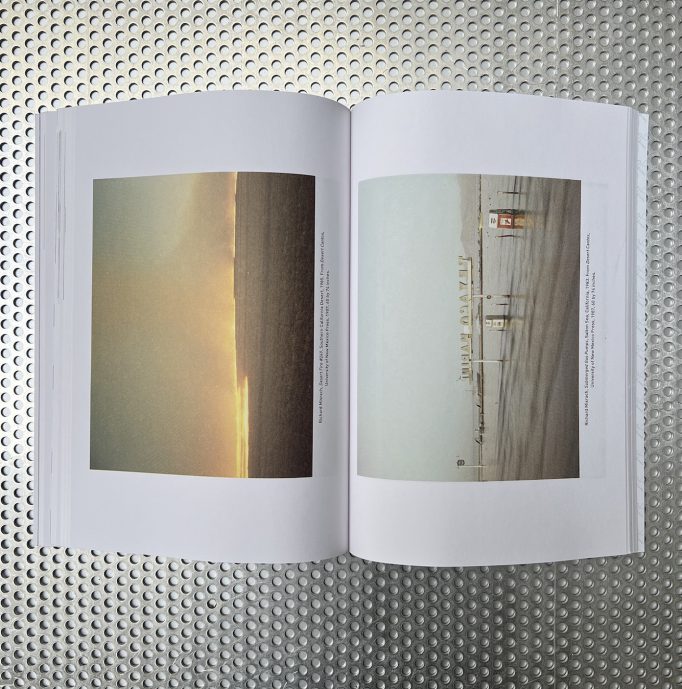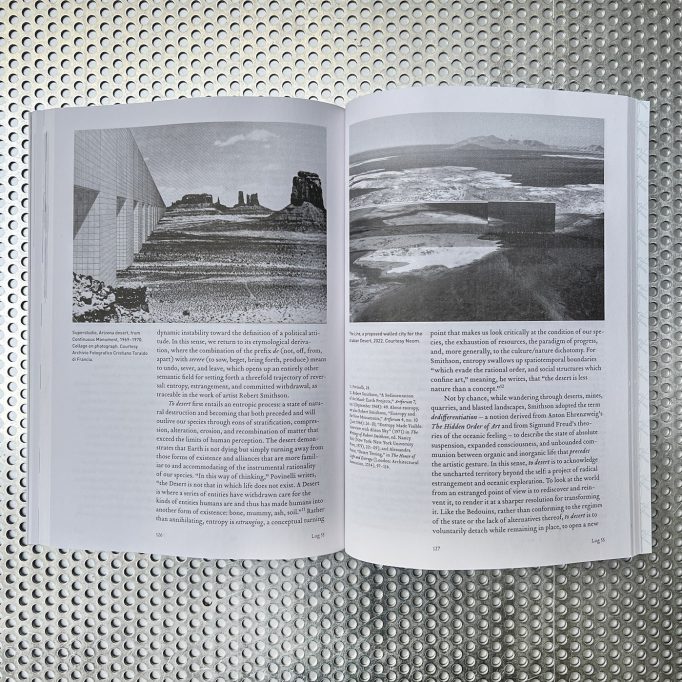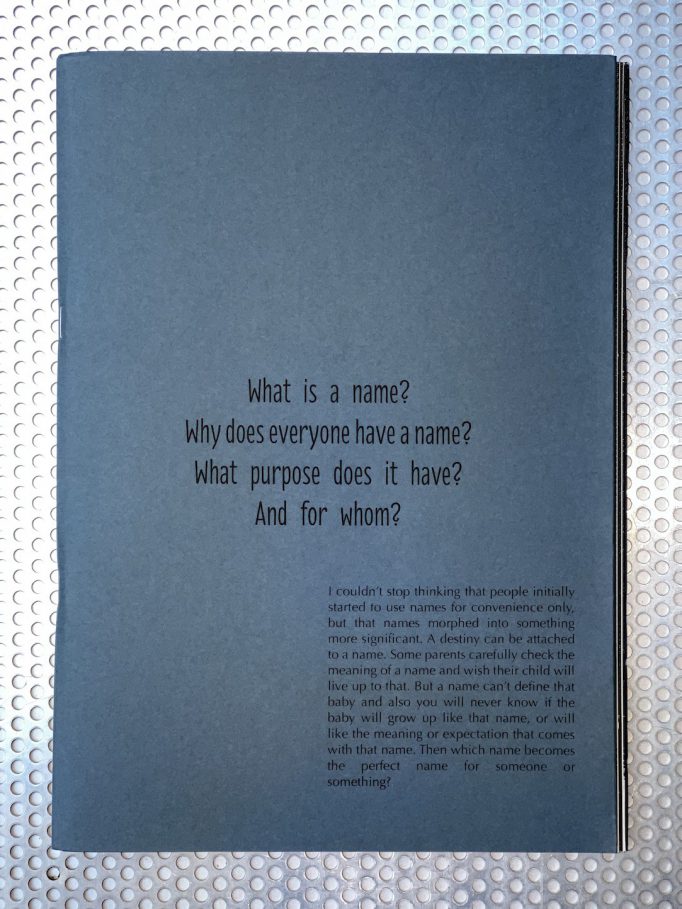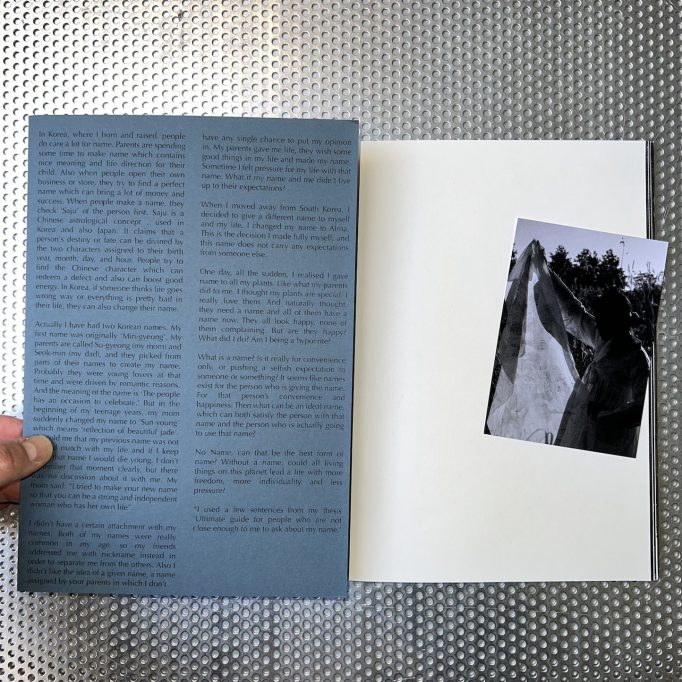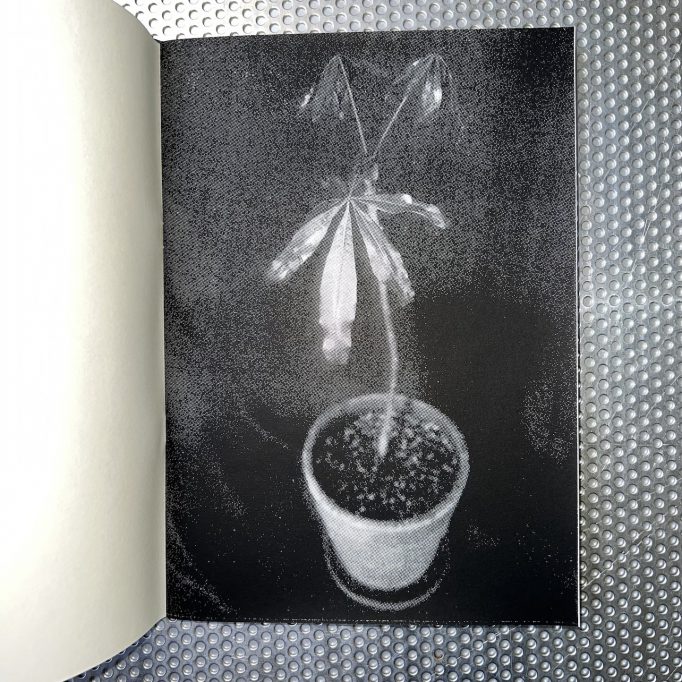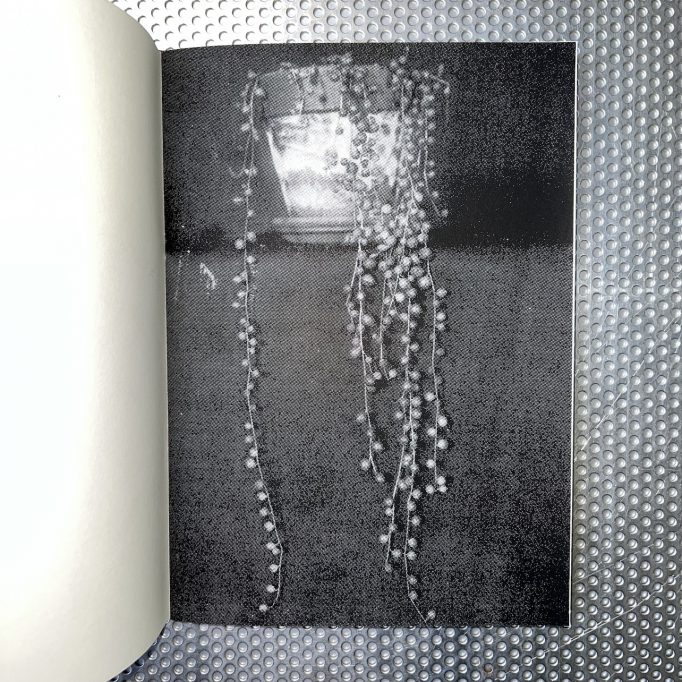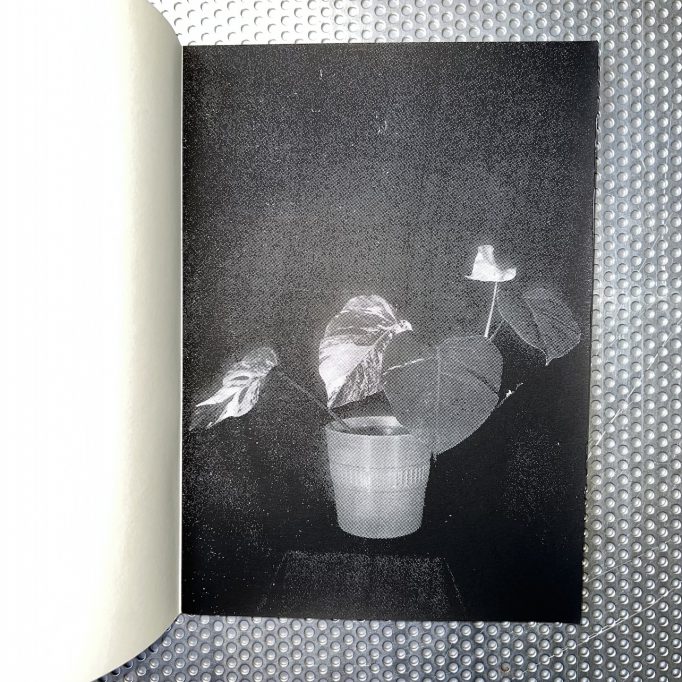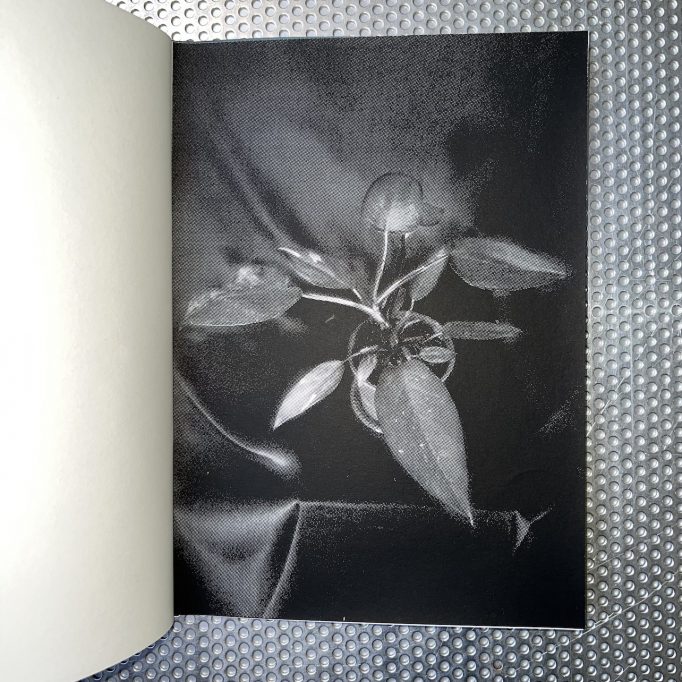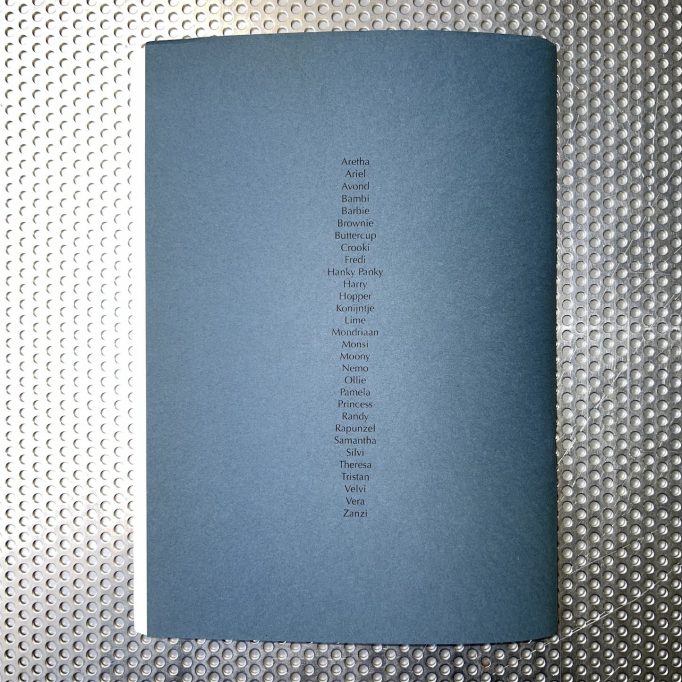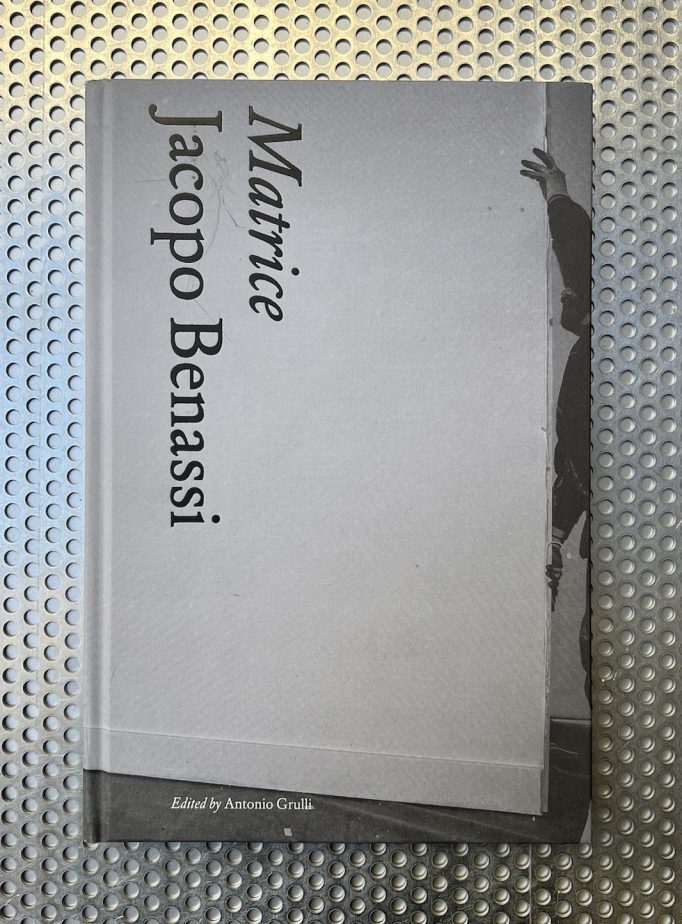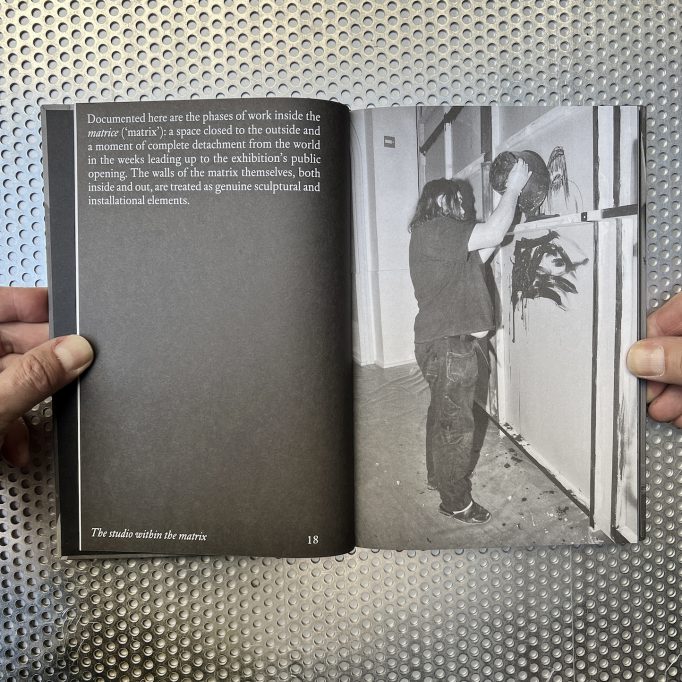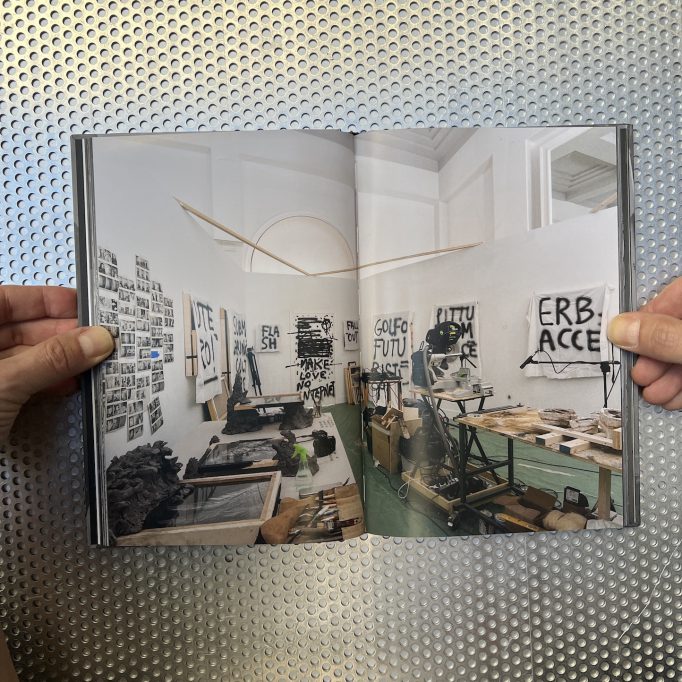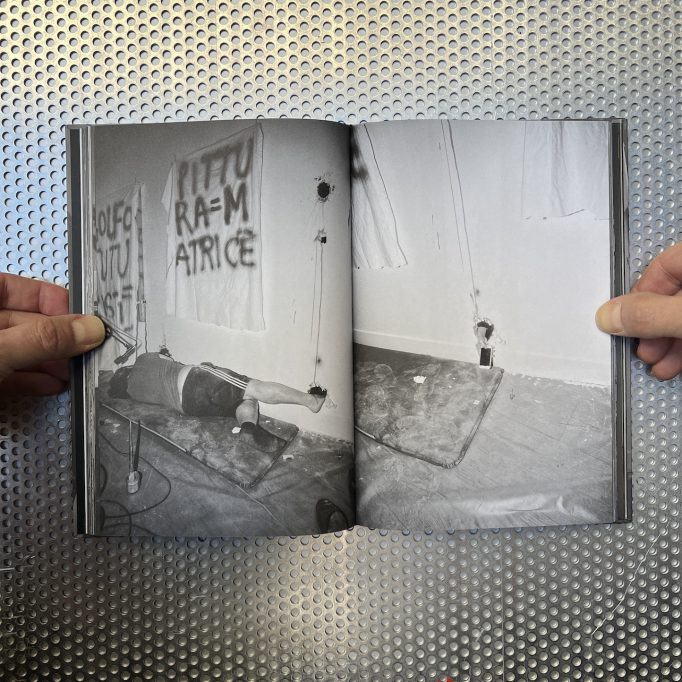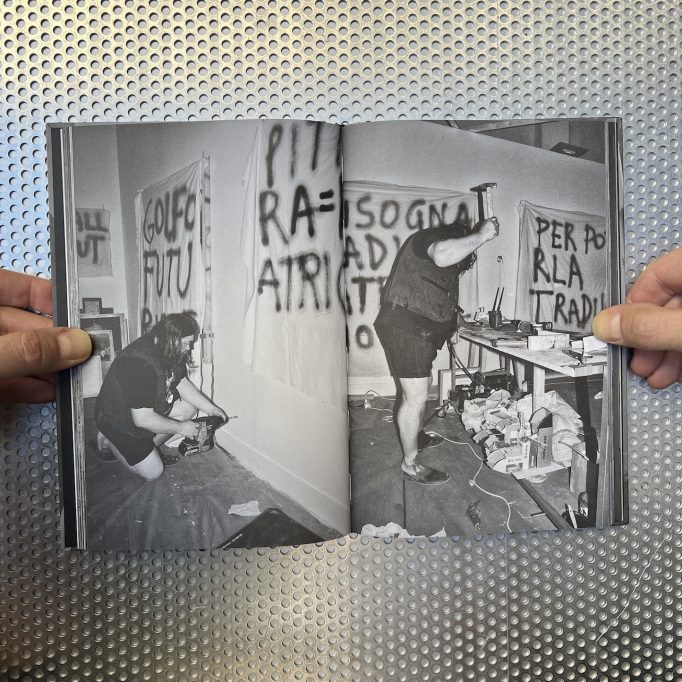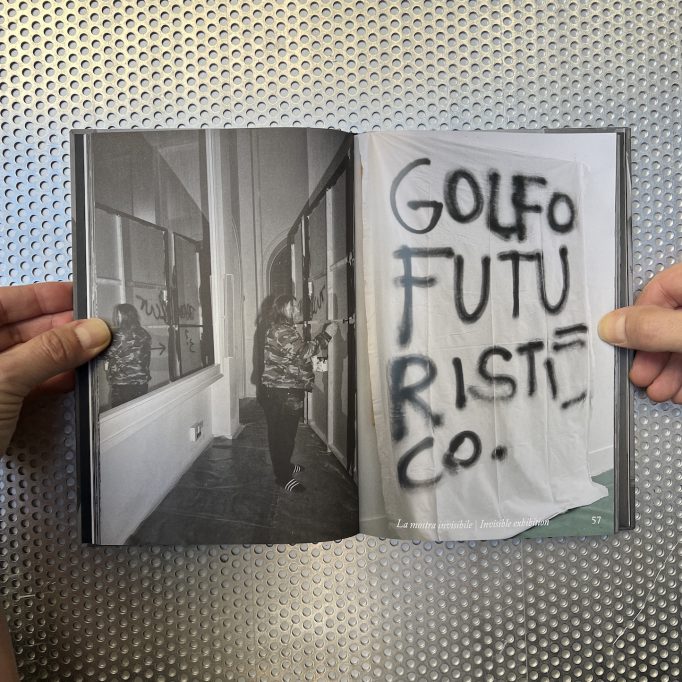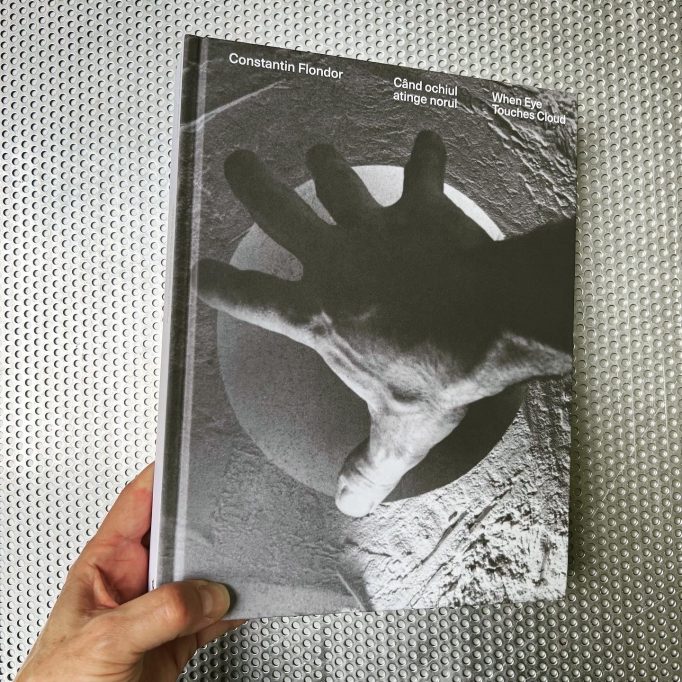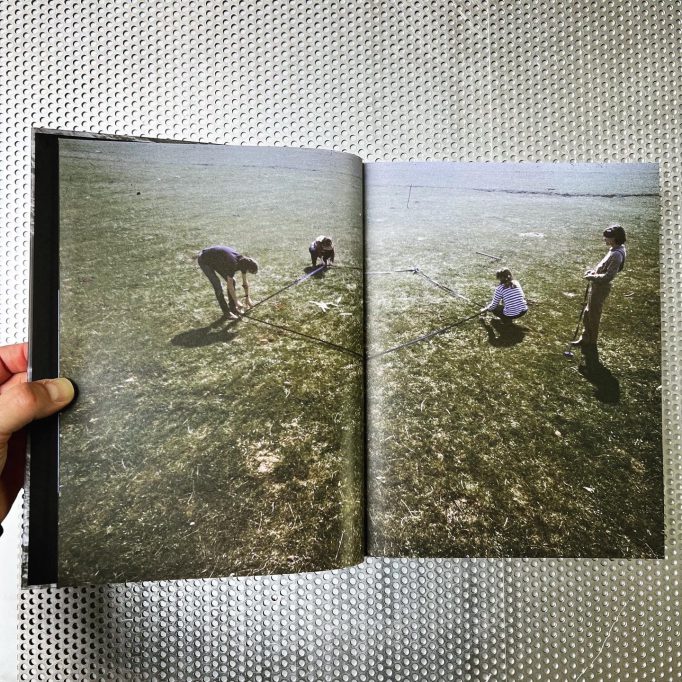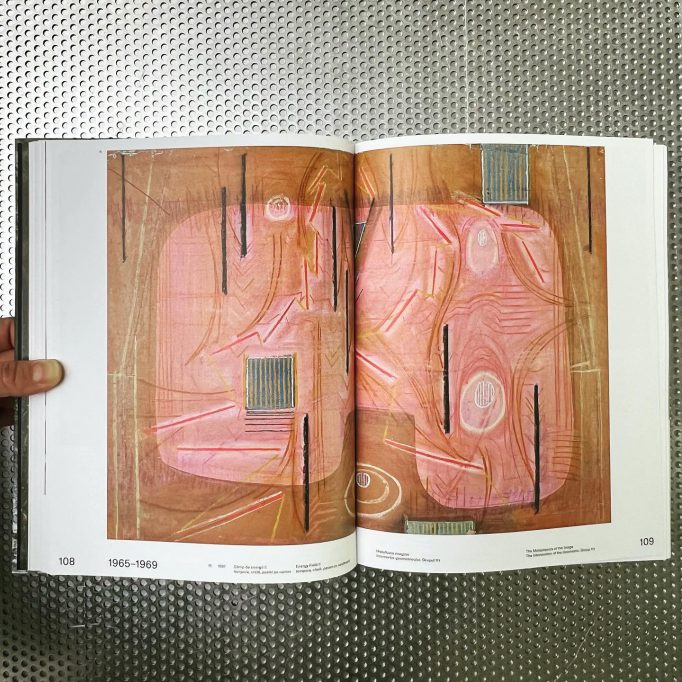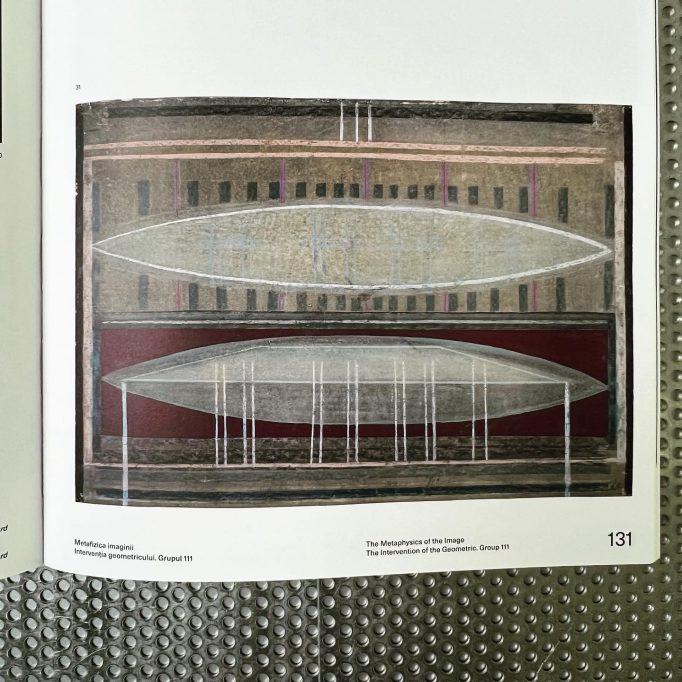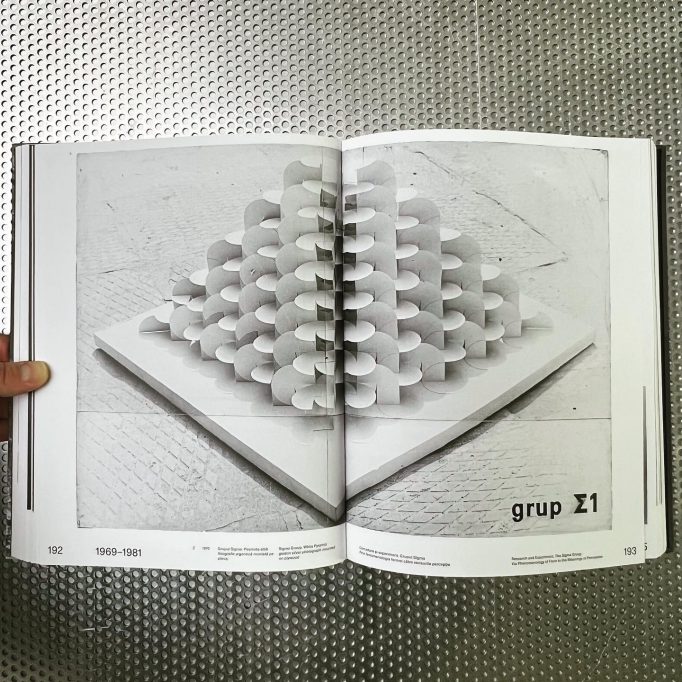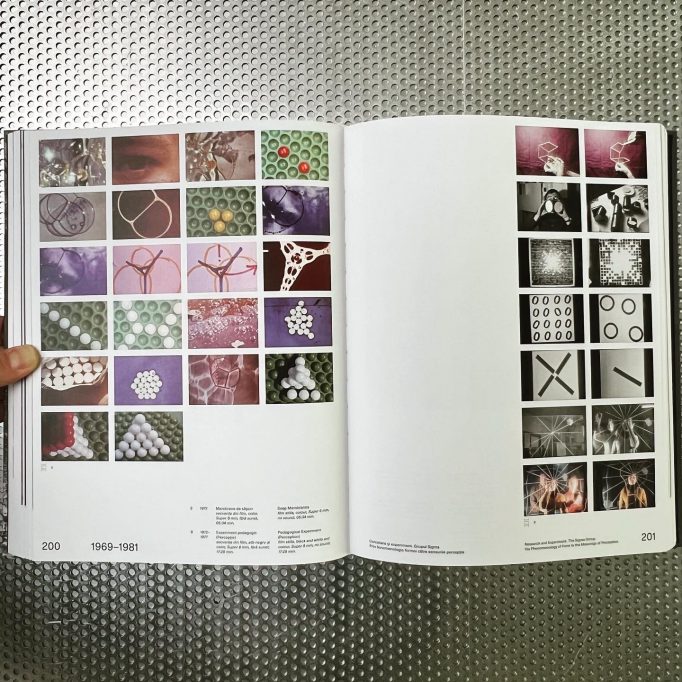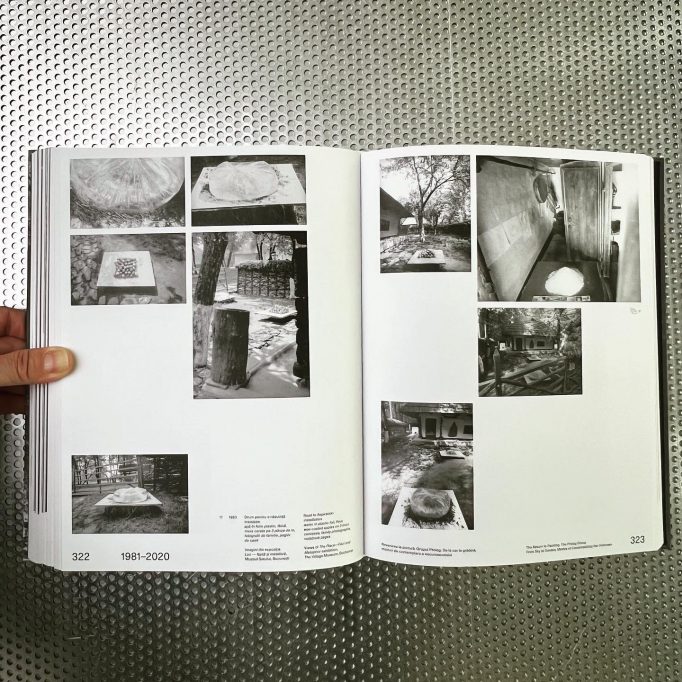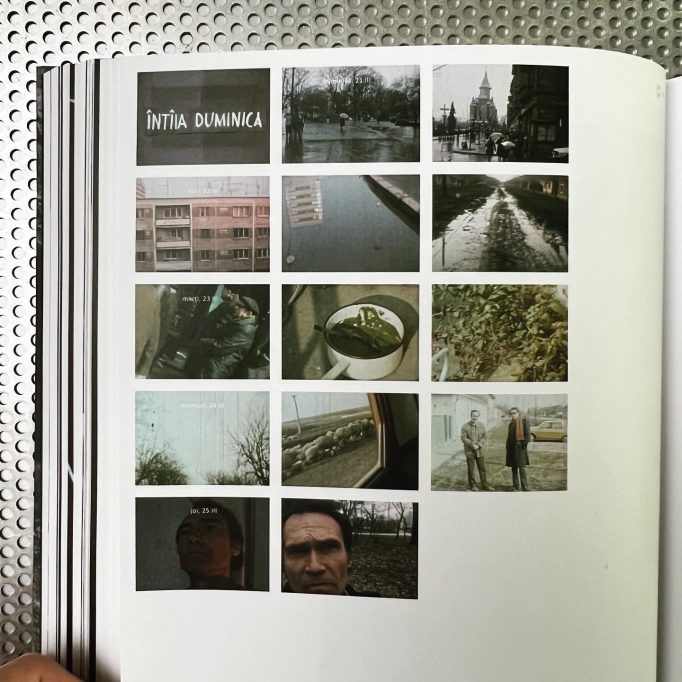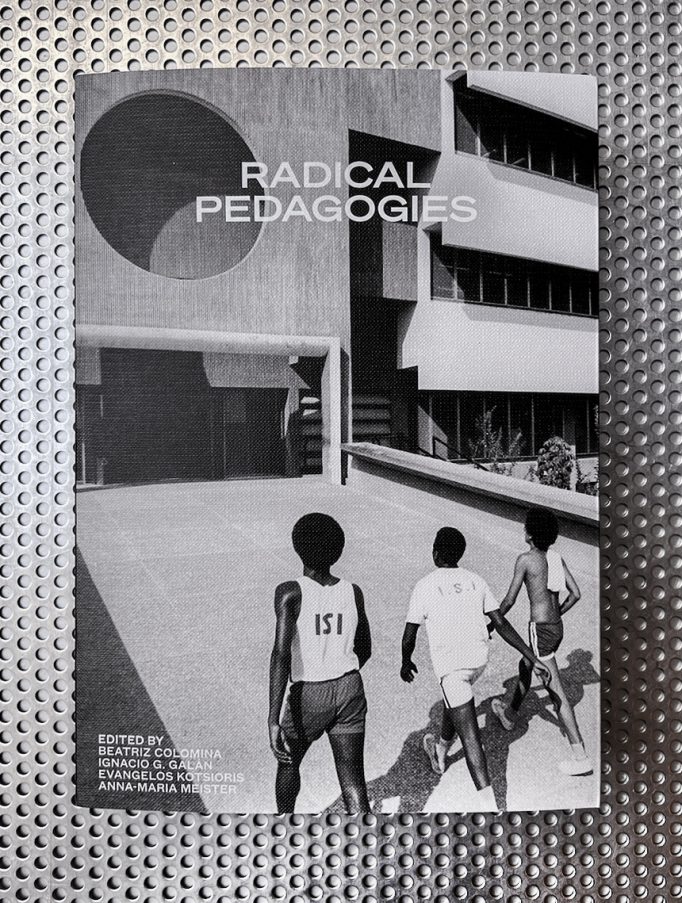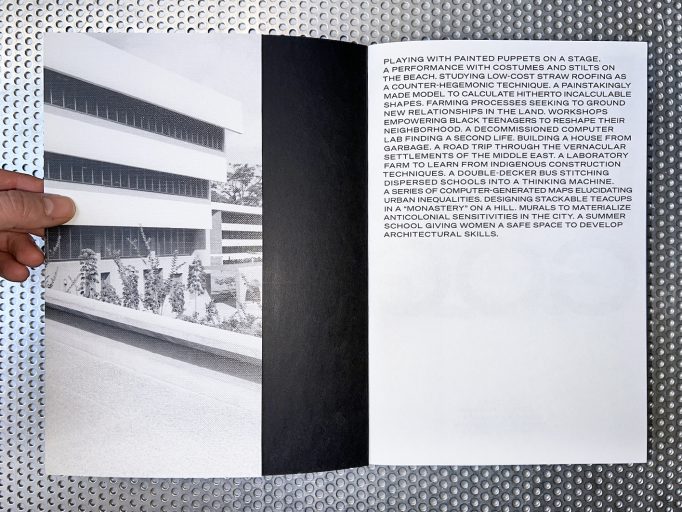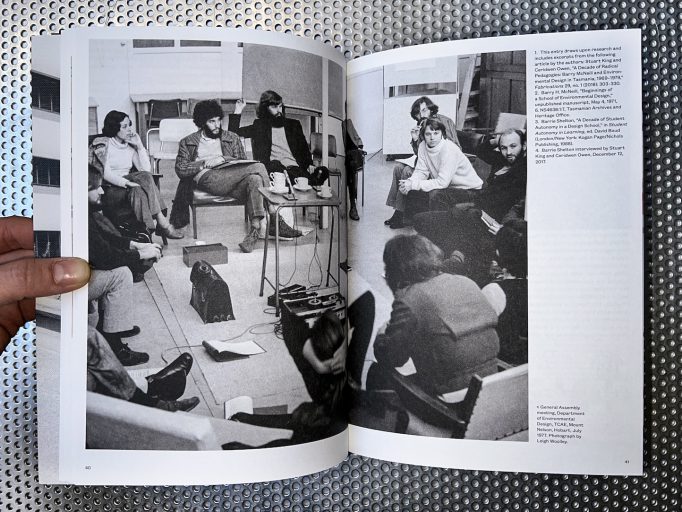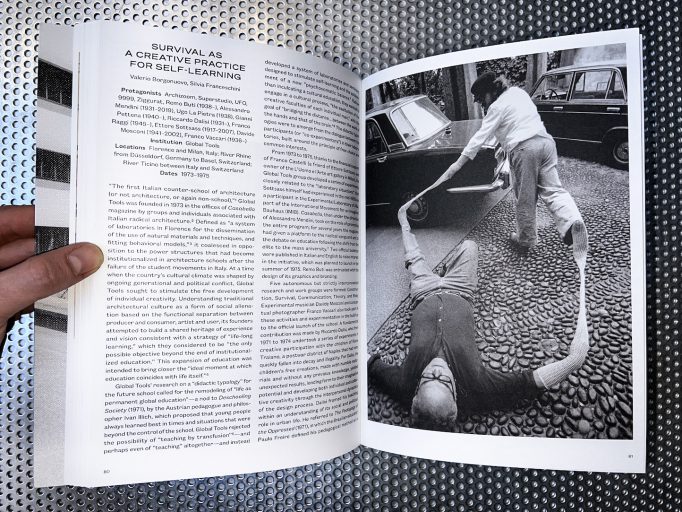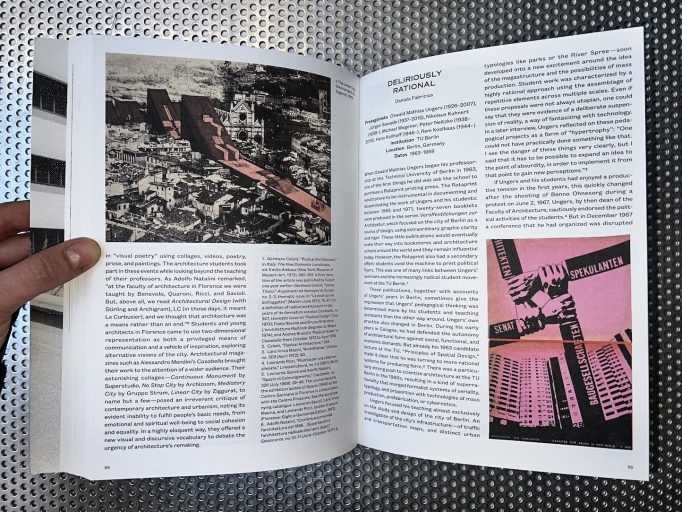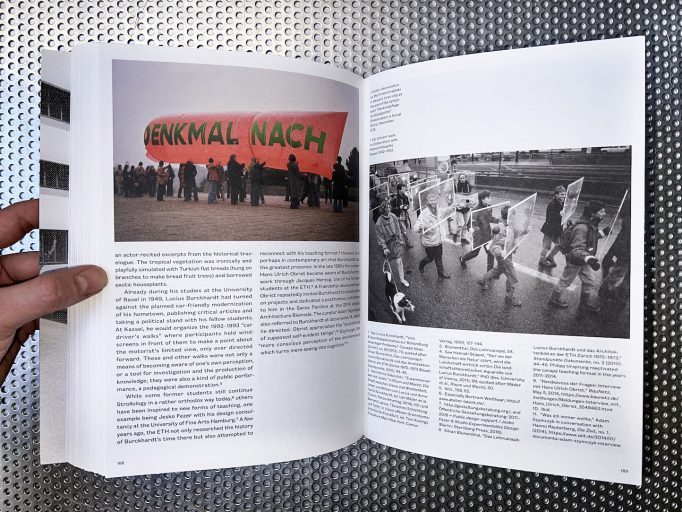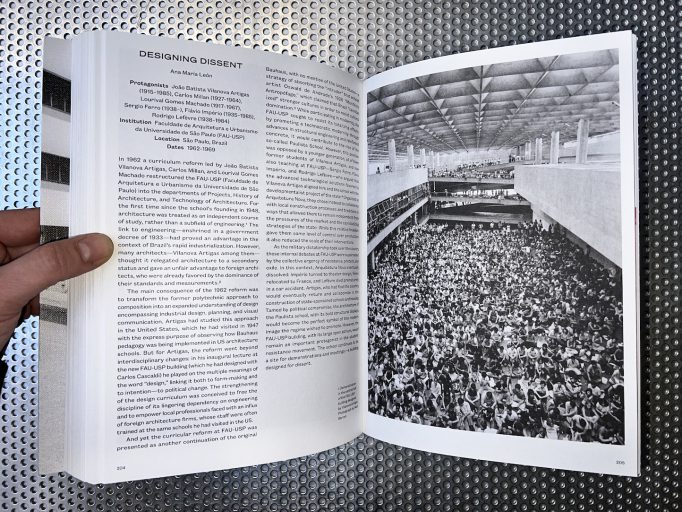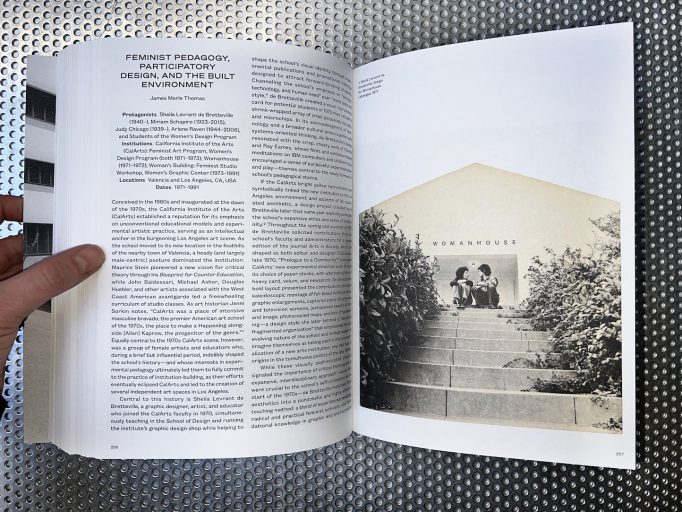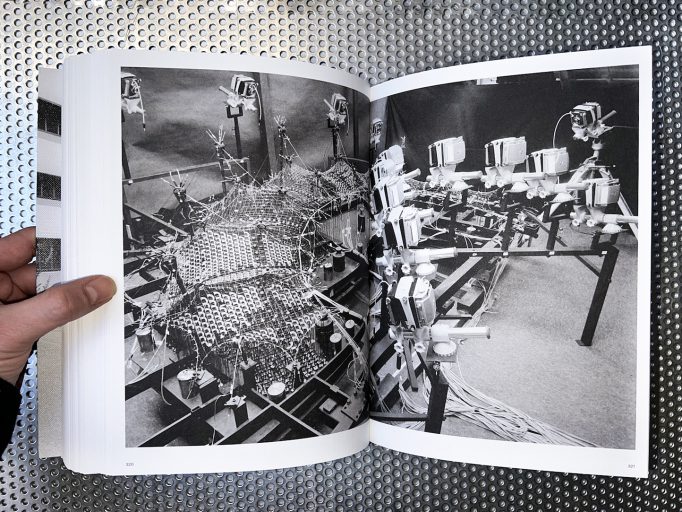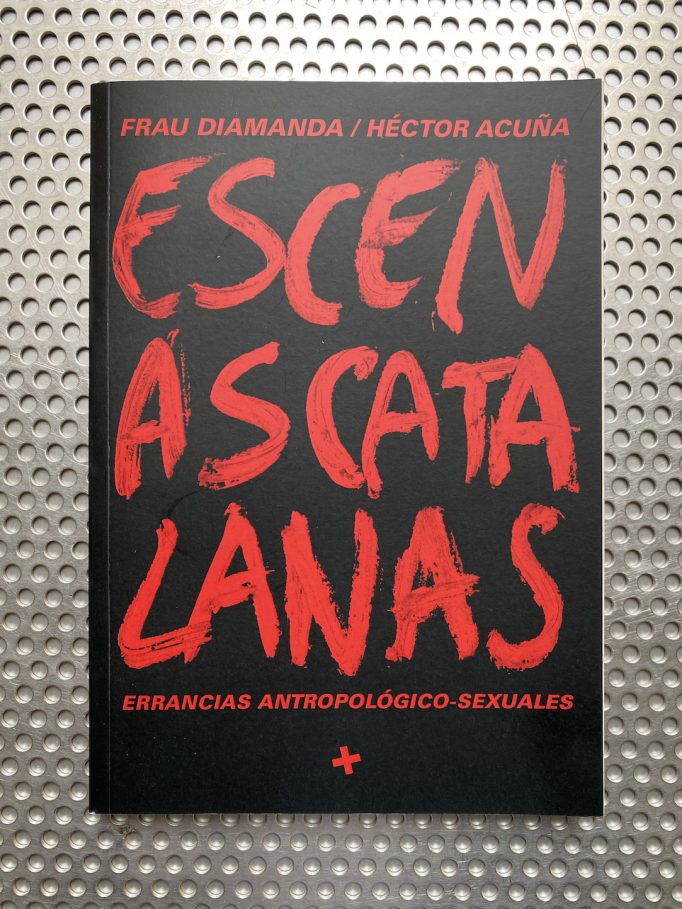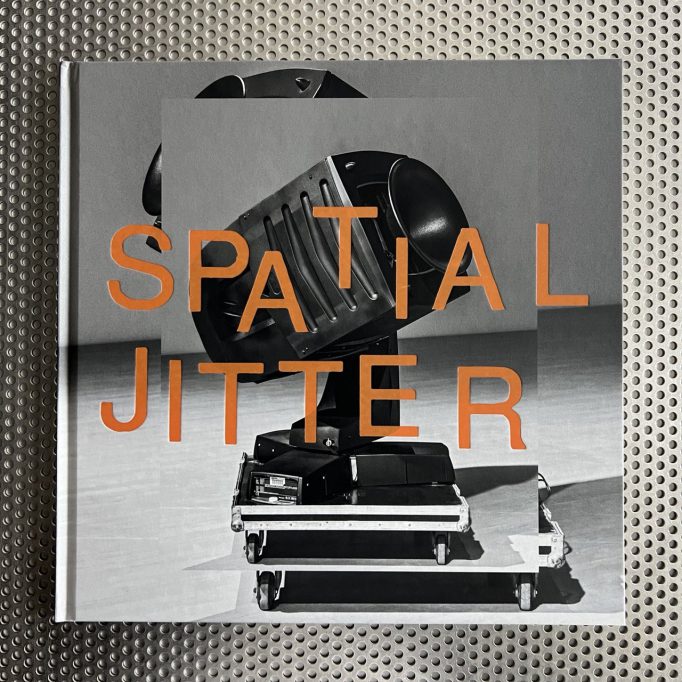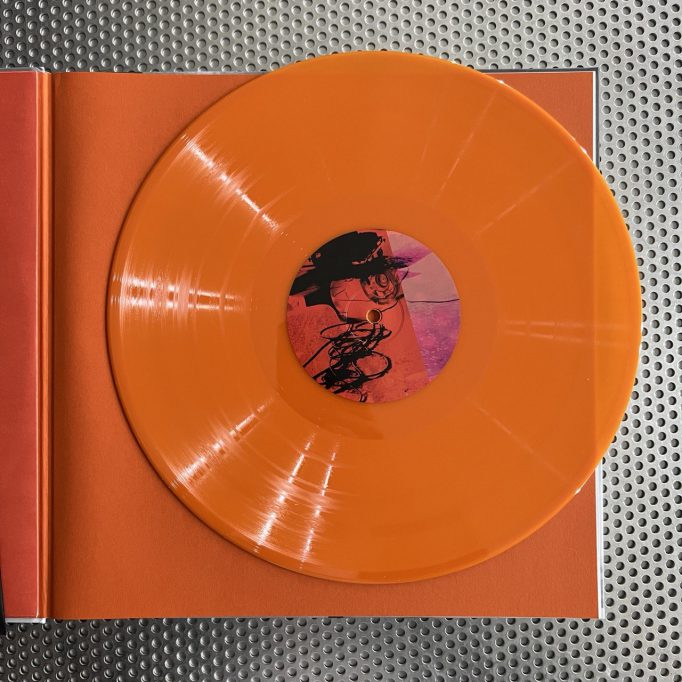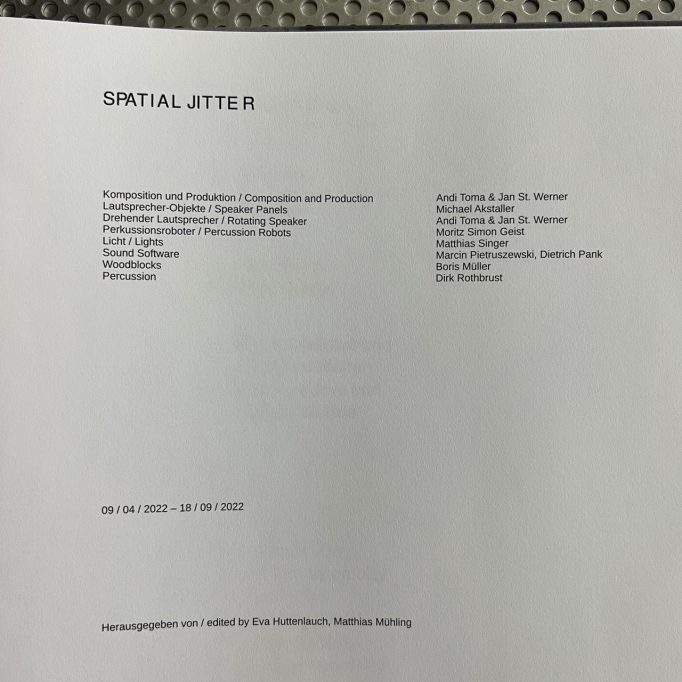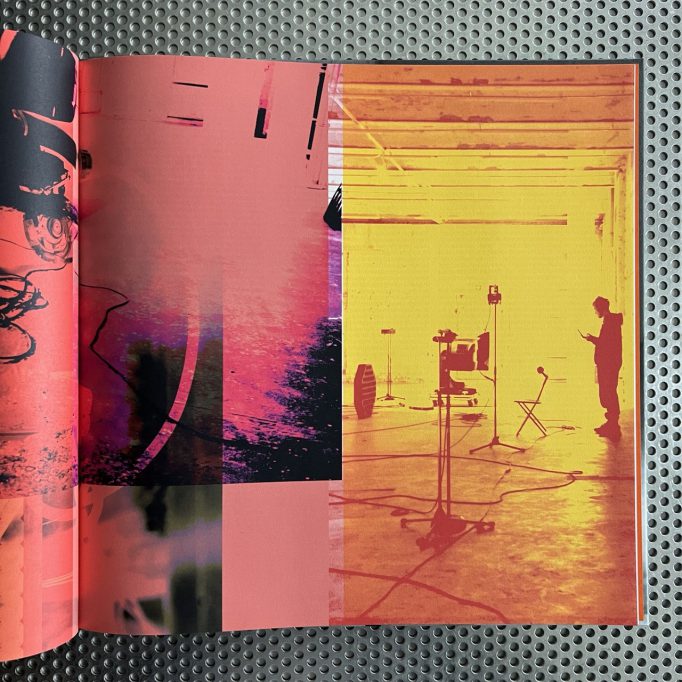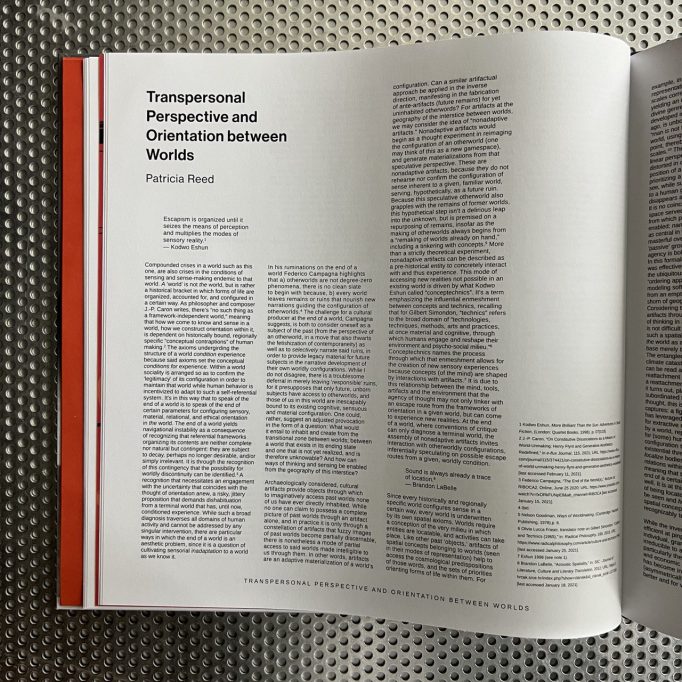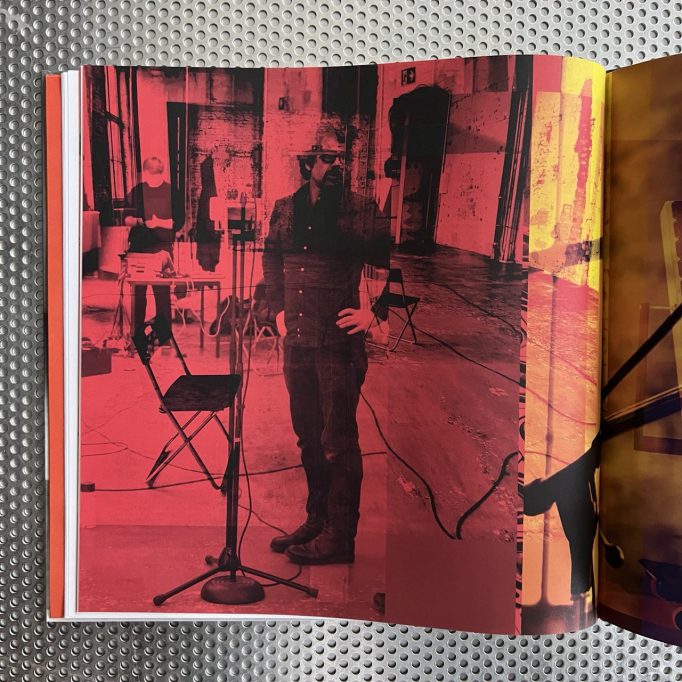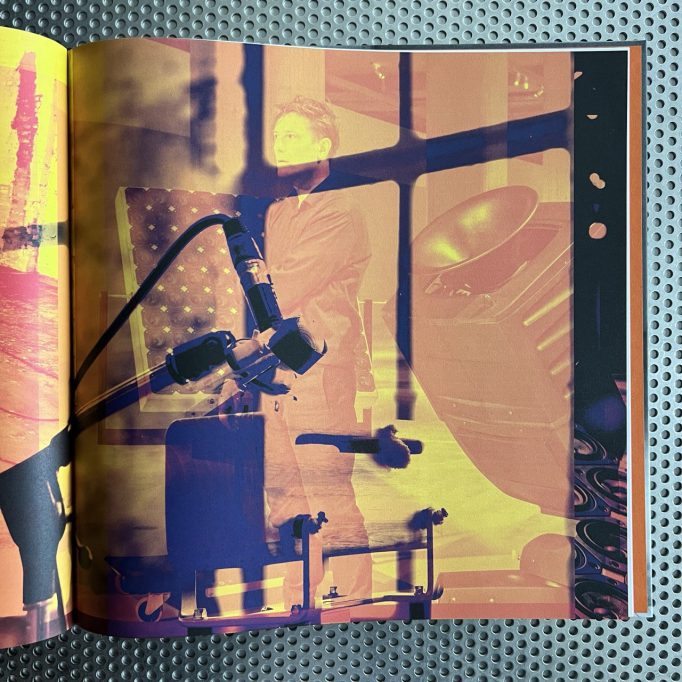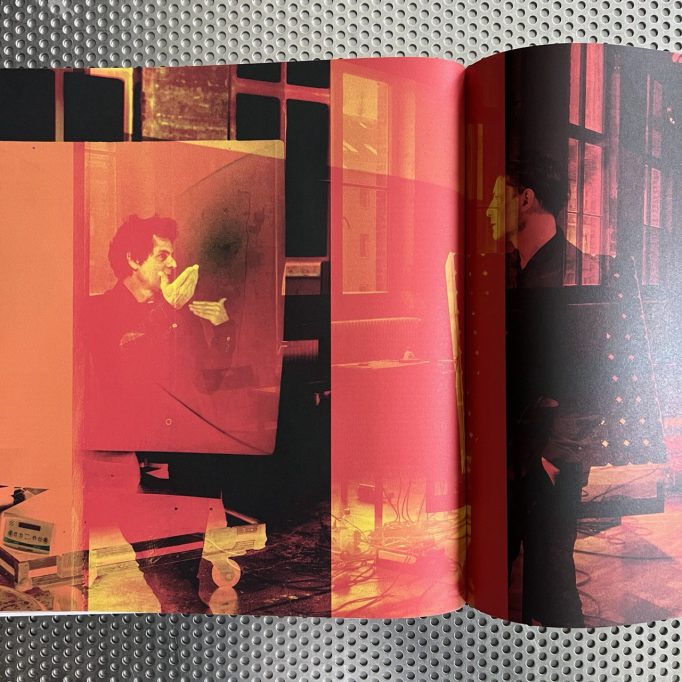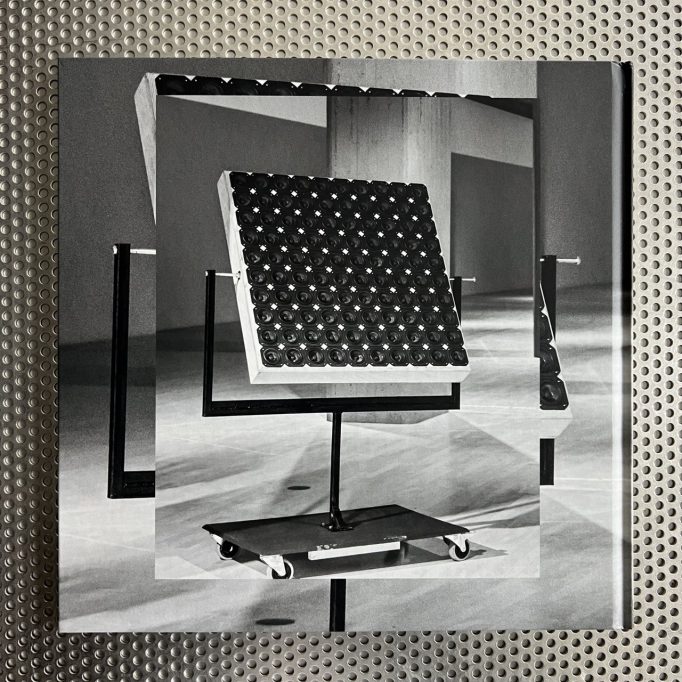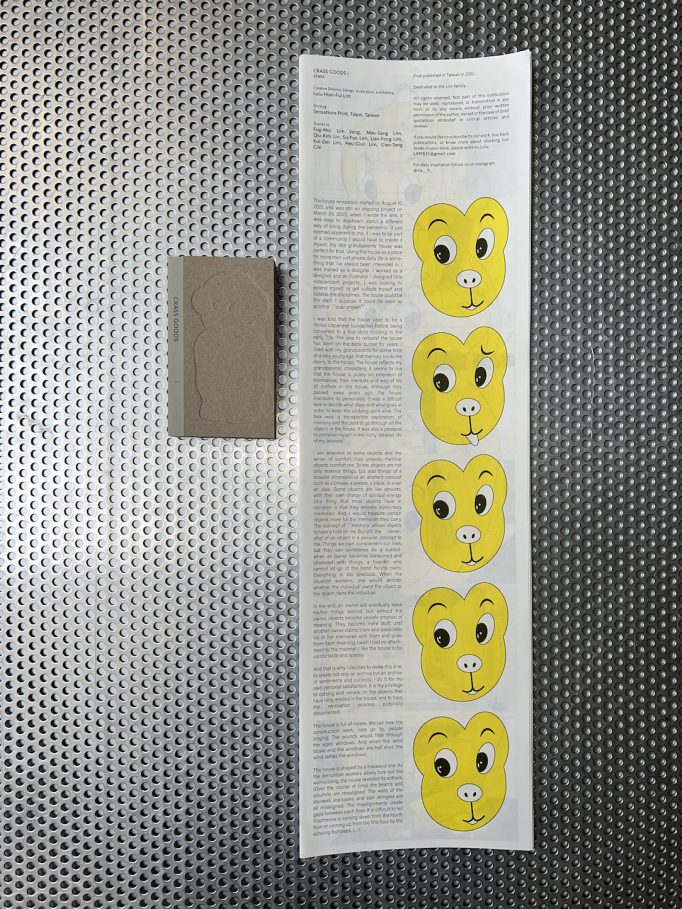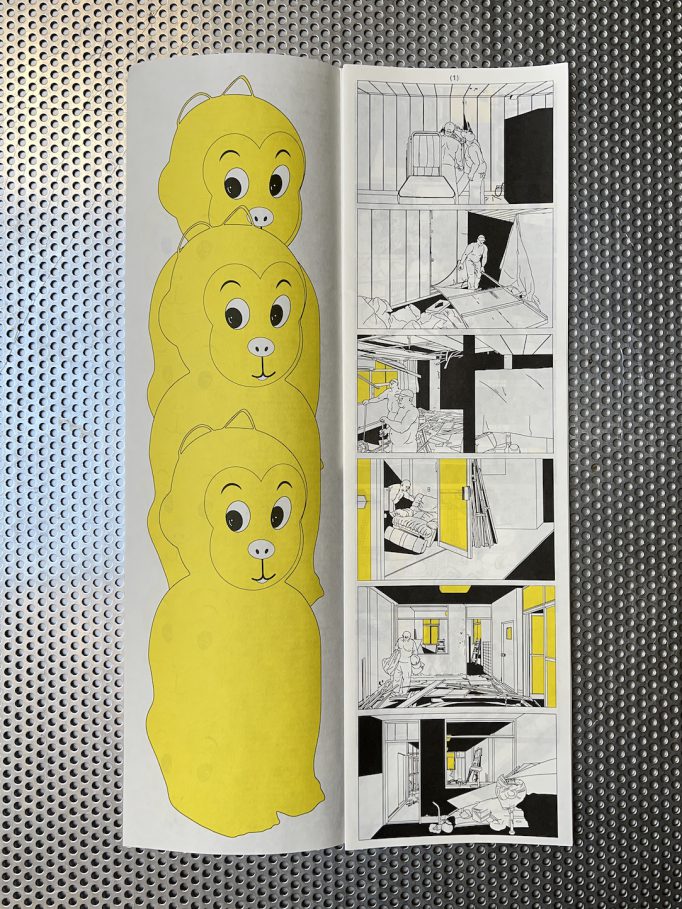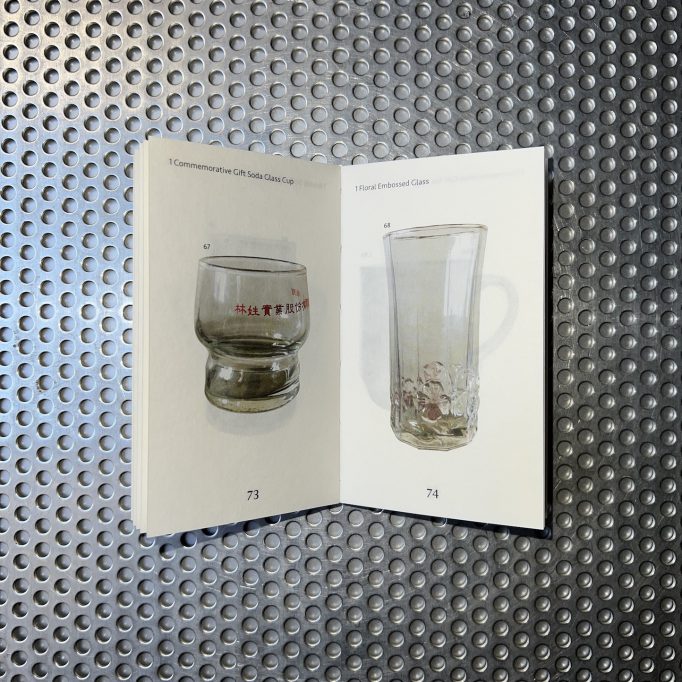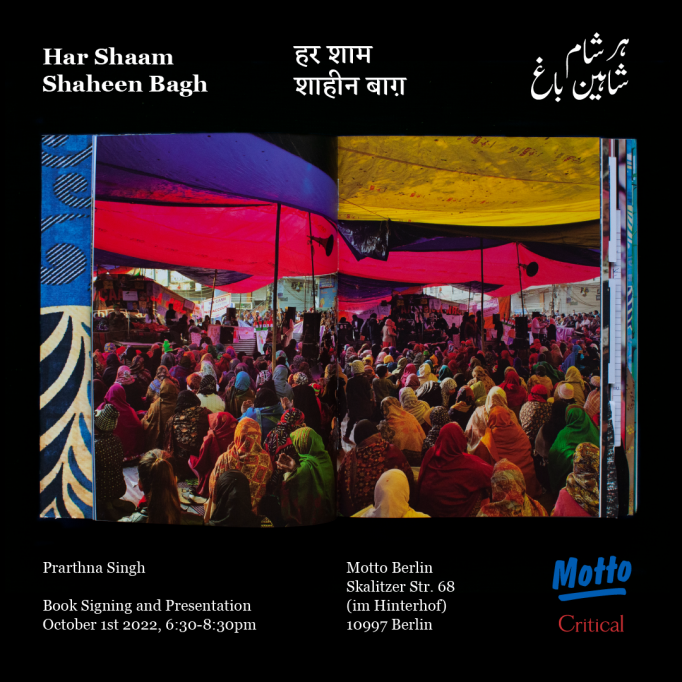14.10 from 18.30: Simulacrum Magazine’s thirtieth anniversary issue presentation with editors Mirna Vrdoljak and Kenneth Geurts @ Motto Berlin
Posted in Events, magazines, Motto Berlin event on October 14th, 2022Tags: Kenneth Geurts, Mirna Vrdoljak, motto berlin, simulacrum
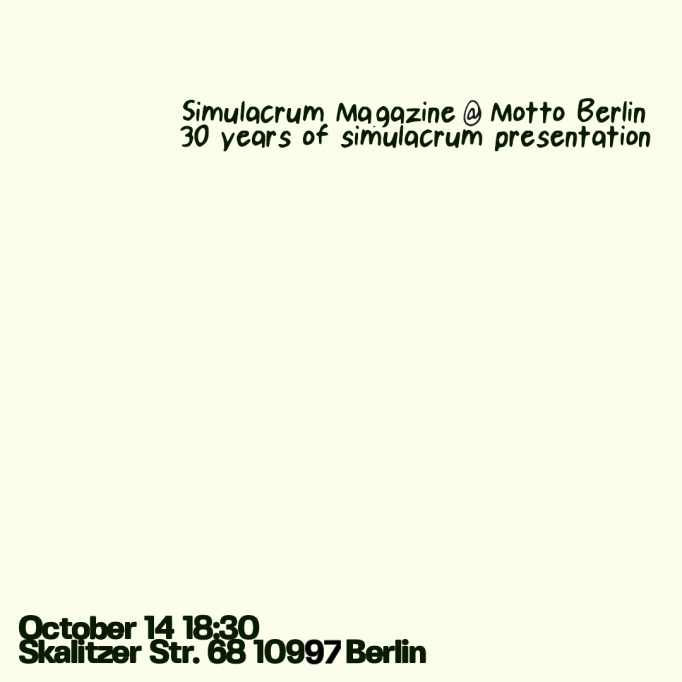
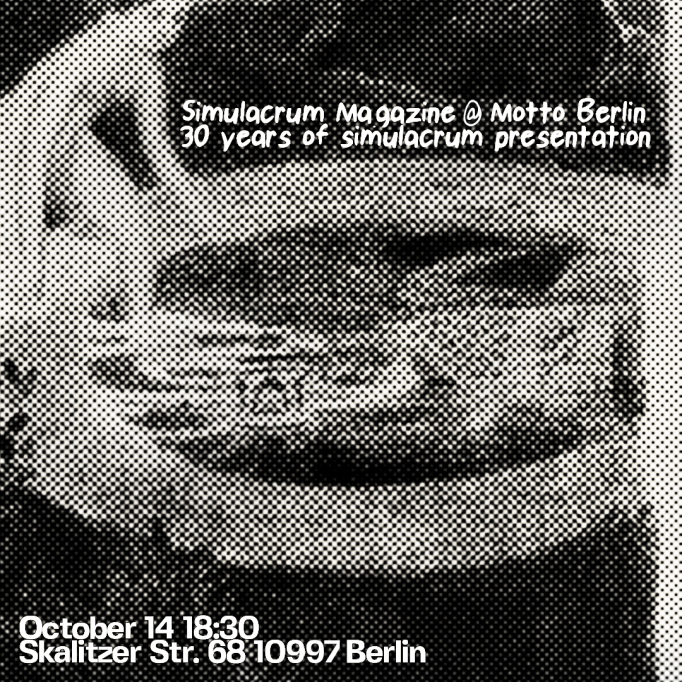
Please join us for the presentation of Simulacrum Magazine’s thirtieth anniversary issue het Reflectienummer with editors Mirna Vrdoljak and Kenneth Geurts.
14 October 2022
from 6.30pm
Motto Berlin
Skalitzer Str. 68
10997 Berlin
*
Simulacrum is an arts and culture magazine based in Amsterdam. Since thirty years, it functions as an accessible and high-quality platform for students and experts from various fields to publish together. Simulacrum is a quarterly thematic publishing project that aims at fostering transdisciplinary connections among contributions that explore both historical and contemporary perspectives of the European cultural landscape.
On 14 October, Simulacrum is coming to Motto Berlin to celebrate the magazine’s thirtieth anniversary issue titled het Reflectienummer. For this issue the editors delved into the full archive and asked contributors to reflect on their submissions. These reflections offer insight into how art, culture, and historiography have changed over the course of thirty years. However, the eleven reflections bundled together do not only refer to the past. Reflection is an exercise with an eye to the future; it is a moment of standing still and thinking about how it was, how it is, and how it could be.
Editors Mirna Vrdoljak and Kenneth Geurts will hold a discussion on the blurring of boundaries across disciplines in the humanities, and the magazine’s role in adequately responding to the reciprocal influence between academic and artistic spheres. Bearing in mind the magazine’s primary focus on art historical research thirty years ago, we will speak from our own experiences with the diverging range of submissions, as well as the questions that arise with the use of new media platforms and digital modes of archiving. There will also be a moment to introduce Simulacrum’s freshly printed autumnal newspaper on documenta fifteen, The documenta Issue.
Browse Simulacrum here
